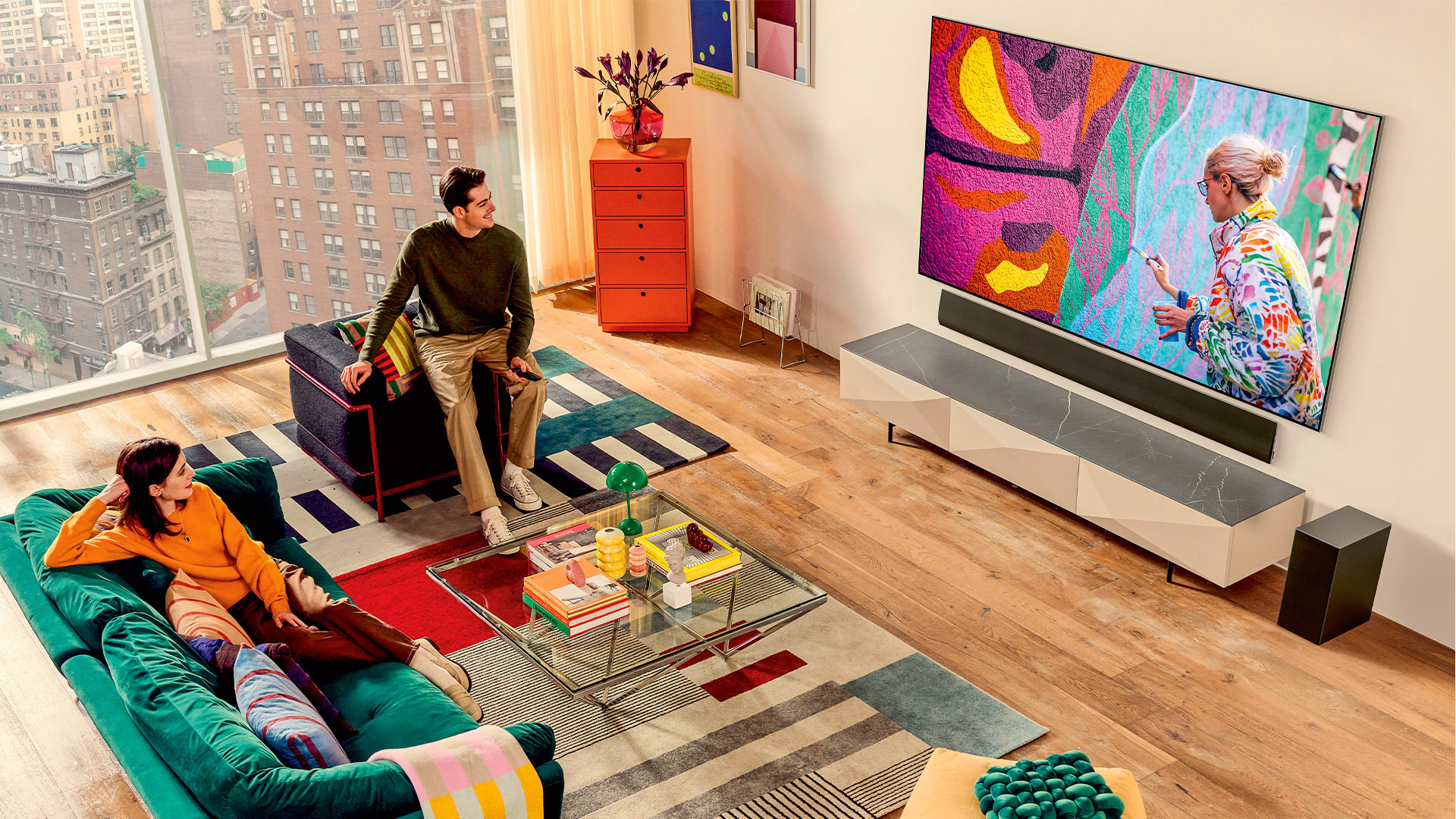Innovation of the Year Award 2023: Micro Lens Array secures a future for OLED TVs
LG Display's tech unlocks maximum brightness for OLED panels

If you haven’t already figured it out by now, we really like OLED TVs. The ability to create ‘true blacks’, punchy and vibrant colour reproduction and crisp 4K detail have all been staple features of nearly all of the OLED sets that we have tested over the years. So what more could we possibly ask for? Well, the level of brightness on offer could be better, but this has been a longstanding weakness with OLED that we had always chalked up to limitations with the hardware.
Then, seemingly out of the blue, LG Display – the company that makes LG’s TV panels – defied the notion that you can’t teach old dogs new tricks. It took the OLED panels it develops and imbued them with the power of Micro Lens Array, sometimes known as Meta OLED or MLA OLED.
This involves adding a layer of millions of microscopic lenses on top of the regular WOLED panel (an OLED panel with the addition of a white sub-pixel) in order to direct existing light towards the user, in turn boosting overall brightness levels. The key here is to utilise the existing light being output by the panel, as this causes no further strain on the OLED display, thus reducing the possibility of burn-in; pretty clever if you ask us.
So far, early adopters obviously include LG itself, which employs the technology in its G3 OLED, as well as Panasonic (in the MZ2000) and Philips with its OLED908. That’s pretty much it so far, but it’s still early days for MLA and manufacturers are testing the waters with the new technology by including it only on their respective flagship models.
Even so, we are already seeing the benefits of MLA OLED, with the LG G3 OLED undoubtedly being up there with the brightest and most vivid OLED TVs we have ever tested. Brightness figures north of 2000 nits were quoted in the run-up to the G3’s launch, and while you will need to brace yourself for the vivid mode picture preset, you can expect the LG to make good on those claims with its dazzlingly bright picture.
The omens might be good, but it is unlikely to be plain sailing for MLA. There is competition out there in the shape of Quantum Dot OLED, otherwise known as QD-OLED. This is an alternative to MLA, offering improved vibrancy and brightness using quantum dots instead of microscopic lenses. While these two competing technologies look to solve the same problem, it is MLA that gets our vote here.
We struggle to find a downside to Micro Lens Array technology as it directly addresses the main issue we have with OLED cleverly and efficiently. While we look forward to it making its way to step-down models in the future, we are more than impressed with the first iteration of the technology. Considering the picture upgrades and absence of any noticeable downsides (apart, perhaps, from the prices of these TVs), we decree that Micro Lens Array is worthy of our Innovation of the Year Award 2023.
Get the What Hi-Fi? Newsletter
The latest hi-fi, home cinema and tech news, reviews, buying advice and deals, direct to your inbox.
MORE:
MLA under the microscope: What is Micro Lens Array (MLA) technology?
The very best TVs you can buy, all tried and tested by yours truly
Check out the What Hi-Fi? Product of the Year Awards in every category
LG C3 vs LG G3: which 2023 OLED TV should you buy?
Lewis Empson is a Senior Staff Writer on What Hi-Fi?. He was previously Gaming and Digital editor for Cardiff University's 'Quench Magazine', Lewis graduated in 2021 and has since worked on a selection of lifestyle magazines and regional newspapers. Outside of work, he enjoys gaming, gigs and regular cinema trips.
